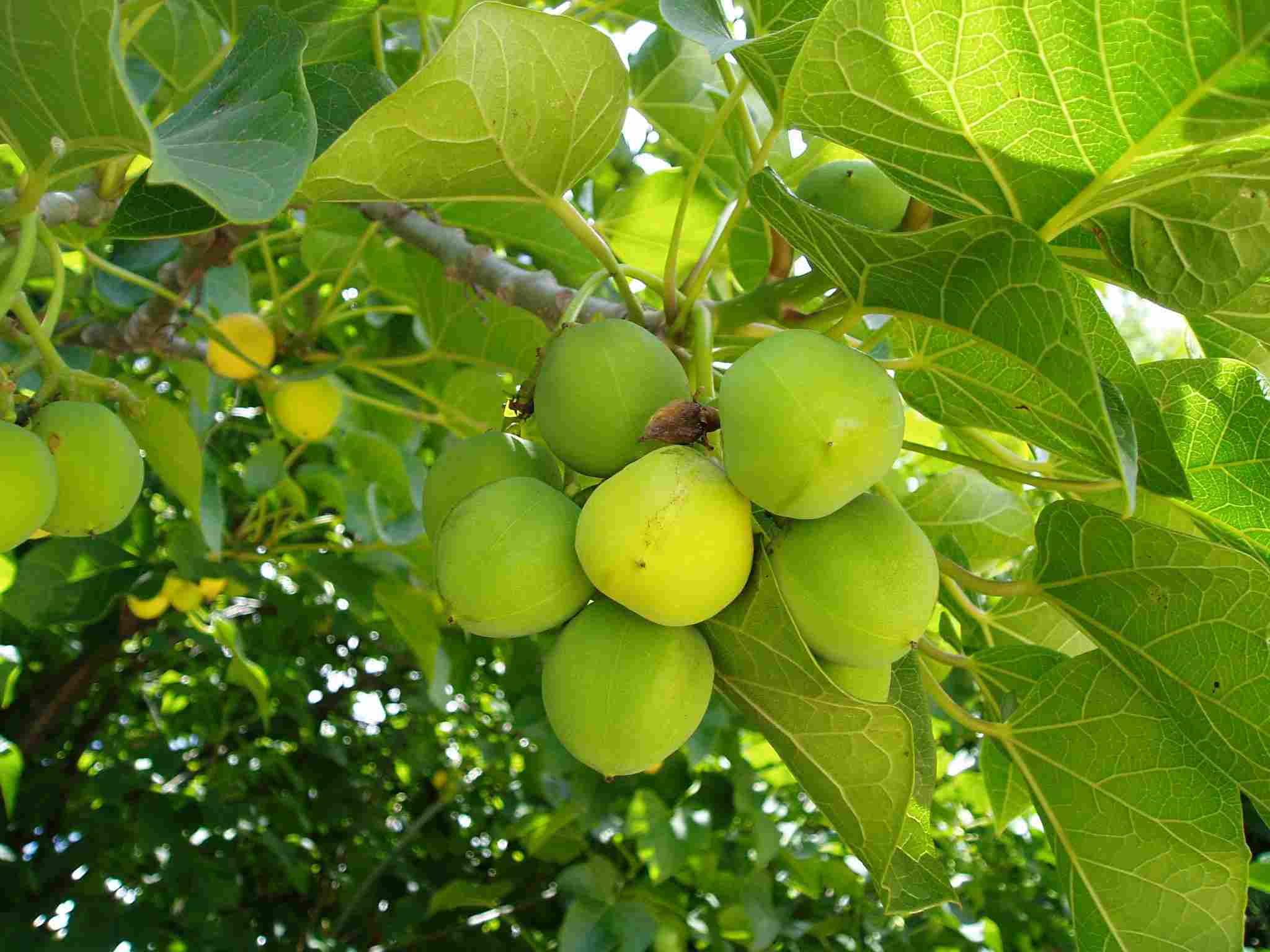Jatropha: the Biofuel that Bombed Seeks a Course To Redemption

본문
If you liked this story, share it with other individuals.
Earlier this century, jatropha was hailed as a "wonder" biofuel. An unassuming shrubby tree native to Central America, it was hugely promoted as a high-yielding, drought-tolerant biofuel feedstock that could grow on abject lands across Latin America, Africa and Asia.
A jatropha rush occurred, with more than 900,000 hectares (2.2 million acres) planted by 2008. But the bubble burst. Low yields led to plantation failures almost everywhere. The consequences of the jatropha crash was tainted by allegations of land grabbing, mismanagement, and overblown carbon decrease claims.
Today, some scientists continue pursuing the incredibly elusive guarantee of high-yielding jatropha. A return, they say, depends on breaking the yield problem and dealing with the damaging land-use problems linked with its initial failure.
The sole remaining large jatropha plantation is in Ghana. The plantation owner declares high-yield domesticated ranges have actually been attained and a new boom is at hand. But even if this resurgence fails, the world's experience of jatropha holds important lessons for any promising up-and-coming biofuel.
At the start of the 21st century, Jatropha curcas, an unassuming shrub-like tree native to Central America, was planted across the world. The rush to jatropha was driven by its promise as a sustainable source of biofuel that might be grown on broken down, unfertile lands so as not to displace food crops. But inflated claims of high yields fell flat.
Now, after years of research study and advancement, the sole staying large plantation concentrated on growing jatropha remains in Ghana. And Singapore-based jOil, which owns that plantation, claims the jatropha return is on.
"All those business that failed, embraced a plug-and-play design of searching for the wild varieties of jatropha. But to advertise it, you require to domesticate it. This belongs of the process that was missed [throughout the boom]," jOil CEO Vasanth Subramanian told Mongabay in an interview.
Having gained from the errors of jatropha's past failures, he says the oily plant might yet play an essential function as a liquid biofuel feedstock, lowering transportation carbon emissions at the worldwide level. A brand-new boom might bring fringe benefits, with jatropha also a possible source of fertilizers and even bioplastics.
But some scientists are doubtful, noting that jatropha has currently gone through one hype-and-fizzle cycle. They warn that if the plant is to reach full potential, then it is vital to gain from past mistakes. During the first boom, jatropha plantations were hindered not only by bad yields, but by land grabbing, deforestation, and social issues in nations where it was planted, including Ghana, where jOil runs.
Experts likewise recommend that jatropha's tale uses lessons for researchers and entrepreneurs exploring promising brand-new sources for liquid biofuels - which exist aplenty.
Miracle shrub, significant bust


댓글목록0
댓글 포인트 안내